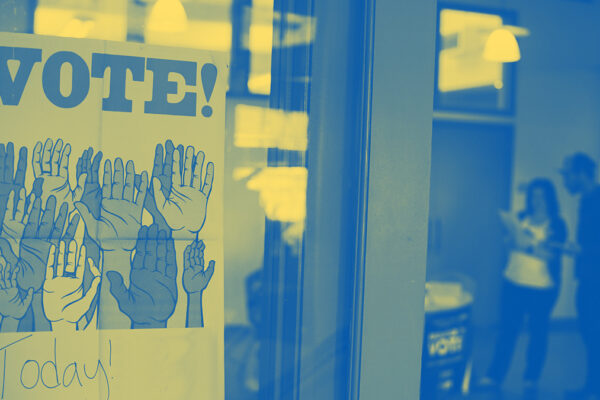In 2008, President Barack Obama targeted Ohio youth when it came to gaining votes for the Democratic primary as he ran against Hillary Clinton. This, as it is obvious nearly a decade later, worked in his favor as he went on to serve for two terms as President.
What many may not know is that included in this voter group were 17-year-olds who were 18 by the time the general election rolled around in November of 2008. In Ohio, Washington, D.C., and 21 additional states, this is not an anomaly. 17-year-olds have frequently been given the right to vote in primaries, so long as they’ll turn 18 on or before the General Election. In 2016, however, former Ohio Secretary of State and current Lieutenant Governor of Ohio, Jon Husted (R), squashed any opportunities for 17-year-olds to vote in the presidential primaries in Ohio. Claiming that since primaries allowed these voters to “elect” delegates instead of “nominate” them, and since Ohio law states that the 17-year-olds can nominate individuals (without mentioning the word “elect”), this group of voters was essentially barred from making their voice heard in the 2016 primaries.
What does this mean for Ohio youth for the 2020 primaries in March? That’s to be determined. However, what history points to is this: youth voters are incredibly important and vulnerable to acts of state voter suppression in Ohio (and across the nation) – and those in office recognize this, as it is obvious in the starkly different ways youth voters have been treated by different members of the political arena.
And yet, youth don’t seem to recognize just how important their vote is, especially in Ohio. In fact, Ohio lags significantly behind the rest of the nation when it comes to youth voter turnout. Just last year in 2018, Ohio’s midterm elections only saw 22% of the 18-24 year old registered voting group. In sharp contrast stand nearby states: Wisconsin saw 47%, Pennsylvania 32%, and Michigan 33%. Overall, the nation typically sees about 30%. Even more compelling is that the Ohio state government is ran by the people we put into office, and yet, the voting population is under-represented in younger age groups and over-represented in older age groups. There is no doubt that this has an effect on government policy decisions.
There are many reasons why youth may not show at the polls, but it seems the overwhelming majority's thought is this: many youth don’t think their vote will ever make a difference or determine any outcomes, and they are also frustrated at the obstacles that come with primary voting, registration, etc.
But remember how President Obama focused on youth voters? Nearly 70% of the nation’s youth turned out in 2008, but not only that, young voters were the decisive difference in Florida, Virginia, Pennsylvania – and Ohio. By decisive we mean that if President Obama’s opponent, Mitt Romney, had even gotten half of the youth votes, he could have flipped the states in favor of him.
Do you know what this means? YOUTH decided the winner of that race. Youth voices were heard. Youth had just as much of a say in the nation’s politics as any other group in the nation. Most important to note is that it wasn’t just youth, but it was Ohio youth. And this is exactly why youth in Ohio should no longer be ignored – instead, they should be empowered. They should not have to fight for the right to cast their votes, nor should they be pushed to believe their votes don’t count, because it is so obvious that their votes do matter.
They matter.
And when it comes to the election in 2020, we should all hoist our youth upon our shoulders and encourage them, over and over with the same words President Obama spoke in 2016:
Because they are the difference and the voice of things yet to come.

